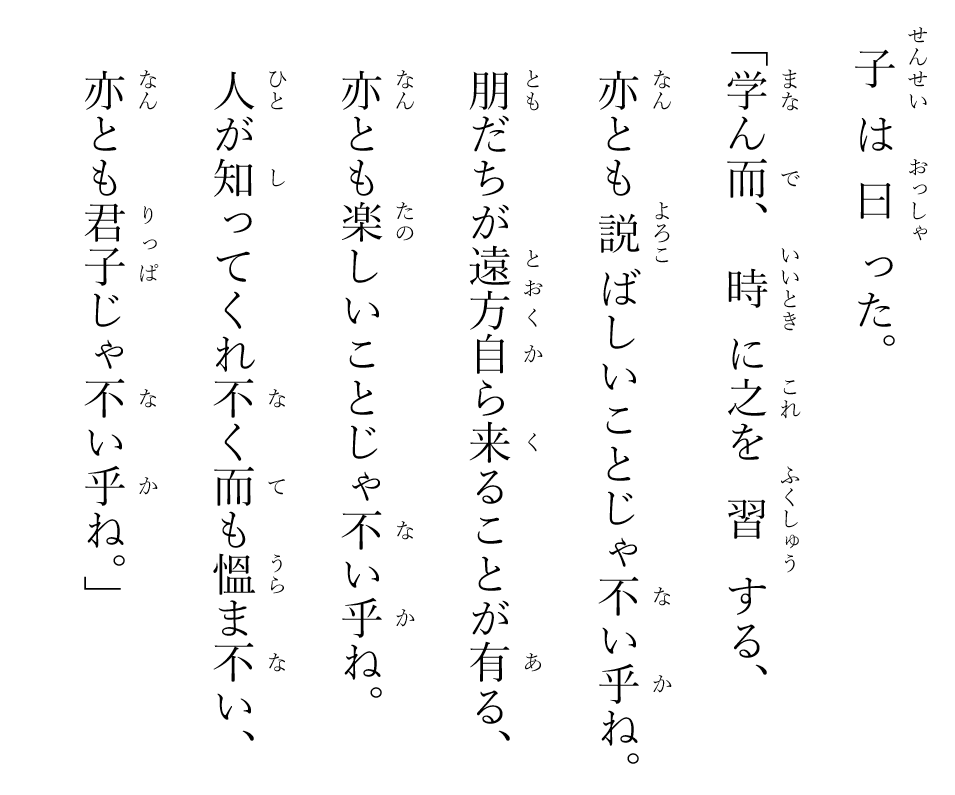Modulo 60 and Shang Chinese
To understand how calendrical matters were handled by the Shang 商 Chinese. It is important to learn to count numbers in modulo 60. The reason for their preference of modulo 60 is not exactly known, probably the ancestors of the Shang Chinese shared a similar set of extrasomatic knowledge with the ancestors of the Babylonians when they were still in North Africa.
The current norm of handling the grouping of days is to use modulo 7:
| \(L\) | Day count | Name of the day |
|---|---|---|
| 1 | Day 1 | Monday |
| 2 | Day 2 | Tuesday |
| 3 | Day 3 | Wednesday |
| 4 | Day 4 | Thursday |
| 5 | Day 5 | Friday |
| 6 | Day 6 | Saturday |
| 7 | Day 7 | Sunday |
The ancient Chinese, however, used several different styles to count their day of week. One style is to use modulo 10, in which we have: Day 1 = Jia (甲), Day 2 = Yi (乙), ..., Day 10 = Gui (癸). In this way, a Chinese week actually consists of ten days instead of seven.
| \(\Gamma\) | Day count | Name of the day |
|---|---|---|
| 1 | Day 1 | 甲 |
| 2 | Day 2 | 乙 |
| 3 | Day 3 | 丙 |
| 4 | Day 4 | 丁 |
| 5 | Day 5 | 戊 |
| 6 | Day 6 | 己 |
| 7 | Day 7 | 庚 |
| 8 | Day 8 | 辛 |
| 9 | Day 9 | 壬 |
| 10 | Day 10 | 癸 |
Sometimes, modulo 12 was preferred over modulo 10 in some occasions. When modulo 12 is used, the days are called differently: Day 1 = Zi (子), Day 2 = Chou (丑), ..., Day 12 = Hai (亥).
| \(\Gamma\) | Day count | Name of the day |
|---|---|---|
| 1 | Day 1 | 子 |
| 2 | Day 2 | 丑 |
| 3 | Day 3 | 寅 |
| 4 | Day 4 | 卯 |
| 5 | Day 5 | 辰 |
| 6 | Day 6 | 巳 |
| 7 | Day 7 | 午 |
| 8 | Day 8 | 未 |
| 9 | Day 9 | 申 |
| 10 | Day 10 | 酉 |
| 11 | Day 11 | 戌 |
| 12 | Day 12 | 亥 |
Now, to reckon days for a longer period of time, the ancient Chinese would combine their nomenclatures of modulo 10 and modulo 12 to form a system in modulo 60. During Zhou Dynasty (and possibly during Xia Dynasty), modulo 60 is the common system used for recording their dates when they carried out divinational activities with oracle bones. An example of the oracle bones is available here.
Following Dershowitz and Reingold, the conversion between the moduli of 10, 12, and 60 is pretty straightforward, and it is handled by the following set of equations:
$$ \begin{align} \zeta &= \sigma \;{\rm amod}\;12\\ \Gamma &= \sigma \;{\rm amod}\;10\\ \sigma &= \zeta + 24(\zeta - \Gamma) \;{\rm amod}\;60 \end{align} $$where amod is the adjusted modulo function. For example x amod 12 can be easily implemented in Microsoft Excel as:
In Part II of the article, the modulo 60 system will be extended to describe year, month, and hour.







Comments